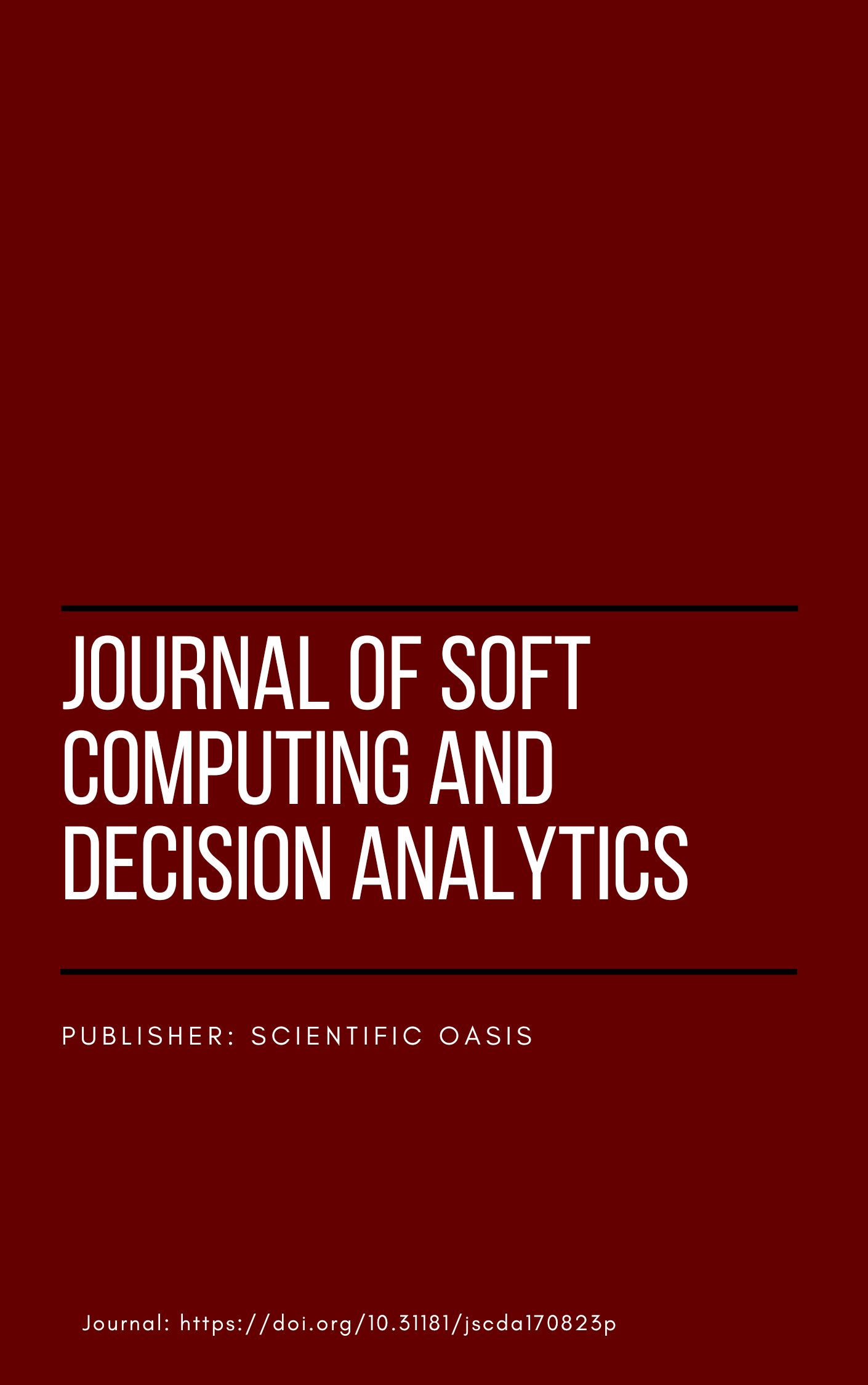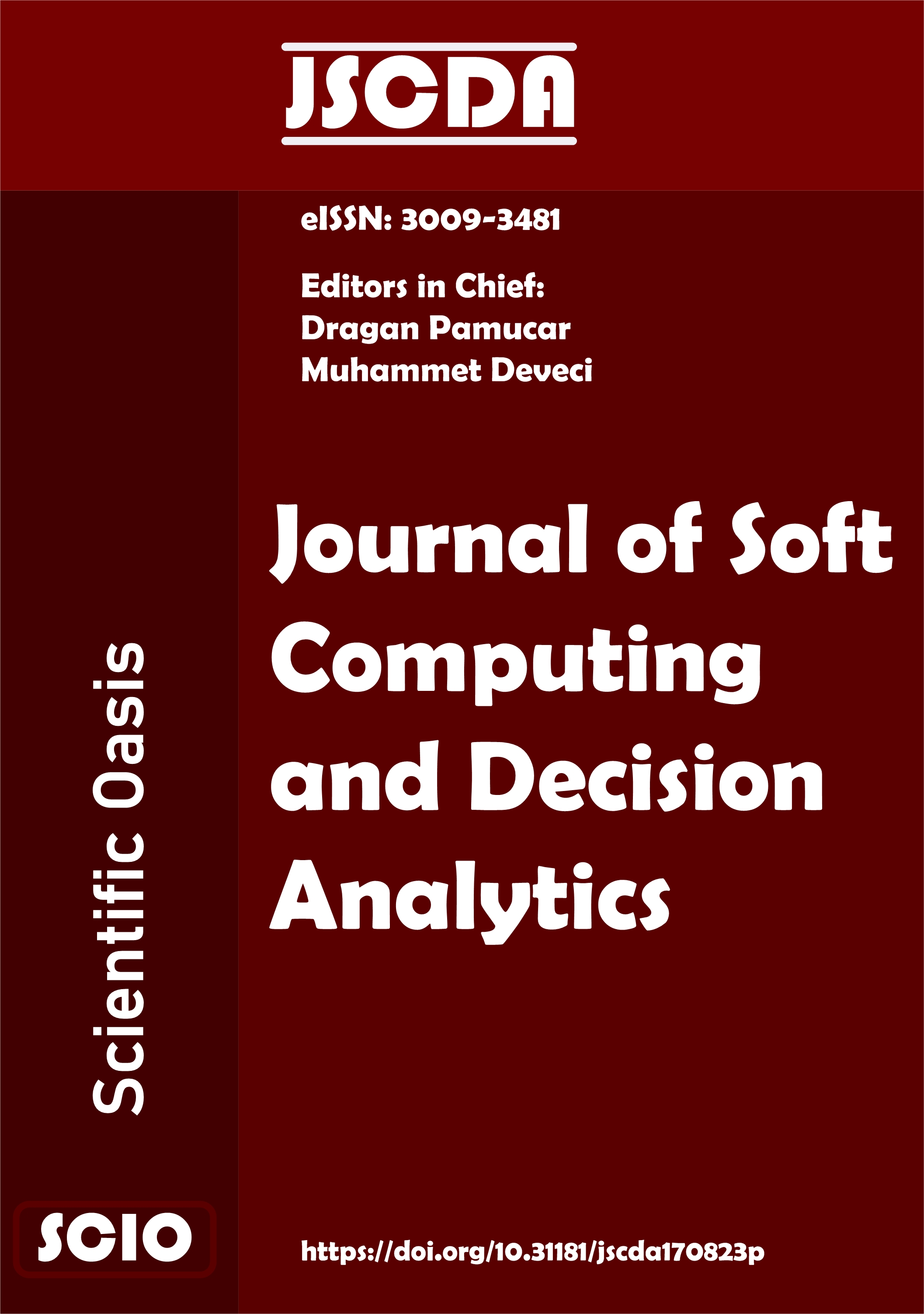A Brief Analysis of Alberti’s Art Theory - Taking On Painting” as an Example
DOI:
https://doi.org/10.31181/jscda21202436Keywords:
Alberti, On Painting, Renaissance, Decision analyticsAbstract
People’s perceptions of artists in Italy, particularly Florence, have transformed since the 15th century. Artists have created works of art that reflect the humanistic ethos of the era, which has fostered the study of art theory by humanist scholars and contributed to the development of an art historical consciousness. In his artistic theory, the Italian humanist Alberti of the early 15th century reflected the new development of Florentine art. Alberti, an artist and theorist of the early Renaissance, examined the changes in artistic creation in the new era with a very avant-garde and contemporary perspective, and applied scientific theoretical knowledge to painting creation as a premise for studying painting art techniques. His influential treatise “On Painting” is regarded as the first systematic painting theory work in the West, establishing the groundwork for Renaissance art theory. His description of the sublime nature of painting elevated painting’s status and reputation as an art form. It is also advantageous to facilitate the transition of painters from painters to artists. This article is founded on the theoretical content proposed in Alberti’s “On Painting” art theory work, analyzing the painting concepts proposed by Alberti and its governing function in Renaissance art.
References
Shiff, R. (1988). Art history and the nineteenth century: realism and resistance. The Art Bulletin, 70(1), 25-48. https://doi.org/10.2307/3051152
Slaney, F.M. (1989). Psychoanalysis and cycles of ‘subversion’ in modern art and anthropology. Dialectical Anthropology, 14(3), 213–234. https://doi.org/10.1007/bf00248690
Carey, S. (2000). The problem of totality: Collecting Greek art, wonders and luxury in Pliny the Elder’s Natural History. Journal of the History of Collections, 12(1), 1–13. https://doi.org/10.1093/jhc/12.1.1
Cordner, G.W. (1989). Police professionalism: The renaissance of American law enforcement. Journal of Criminal Justice, 17(4), 309–311. https://doi.org/10.1016/0047-2352(89)90035-4
Rogoff, B. (1990). Apprenticeship in thinking: cognitive development in social context. Choice Reviews Online, 28(01), 28-061228-0612. https://doi.org/10.5860/choice.28-0612
Win, T.S. (2014). Marketing the Entrepreneurial Artist in the Innovation Age: Aesthetic Labor, Artistic Subjectivity, and the Creative Industries. Anthropology of Work Review, 35(1), 2–13. https://doi.org/10.1111/awr.12026
Snell, K.D.M. (1996). The apprenticeship system in British history: the fragmentation of a cultural institution. History of Education, 25(4), 303–321. https://doi.org/10.1080/0046760960250401
Sullivan, G. (2010). Art practice as research : inquiry in visual arts. 2nd ed. Thousand Oaks Calif.: Sage Publications.
Maiorino, G. (1976). Linear Perspective and Symbolic Form: Humanistic Theory and Practice in the Work of L. B Alberti. The Journal of Aesthetics and Art Criticism, 34(4), 479-486. https://doi.org/10.2307/430582
Campo, G. (2017). After theatre, beyond the self. A pedagogy of life from Stanislavski to Grotowski. Stanislavski Studies, 5(2), 173–195. https://doi.org/10.1080/20567790.2017.1377930
Prak, M. (2003). Guilds and the development of the art market during the Dutch Golden Age. Simiolus: Netherlands Quarterly for the History of Art, 30(3/4), 236-251. https://doi.org/10.2307/3780918
Pippin, R. B. (2002). What was abstract art?(From the point of view of Hegel). Critical Inquiry, 29(1), 1-24. https://doi.org/10.1086/367996
Edgerton Jr, S. Y. (1969). Leon Battista Alberti; On Painting. The Art Bulletin, 51(4), 397-399. https://doi.org/10.2307/3048661
Bryan, J. (2012). Rethinking Territory: Social Justice and Neoliberalism in Latin America’s Territorial Turn. Geography Compass, 6(4), 215–226. https://doi.org/10.1111/j.1749-8198.2012.00480.x
Ankersmit, F. R. (1996). Aesthetic politics: political philosophy beyond fact and value. Stanford University Press.
Hargreaves, A. (1998). The emotional practice of teaching. Teaching and Teacher Education, 14(8), 835–854. https://doi.org/10.1016/s0742-051x(98)00025-0
Adams, N. (1980). Leon Battista Alberti Franco Borsi Architectural Design Profile 21: Leon Battista Alberti Joseph Rykwert Leon Battista Alberti Rykwert Cecil Grayson Hubert Damisch Françoise Choay Manfredo Tafuri Howard Burns Robert Tavernor. Journal of the Society of Architectural Historians, 39(3), 247–249. https://doi.org/10.2307/989573
Dolan, F. E. (1993). Taking the Pencil out of God's Hand: Art, Nature, and the Face-Painting Debate in Early Modern England. PMLA, 108(2), 224-239. https://doi.org/10.2307/462594
Arnold, D. (2012). A companion to Renaissance and Baroque art. John Wiley & Sons.
Poston, R.W. (1972). Creating the Ideal Community. Community Development Society Journal, 3(2), 19–26. https://doi.org/10.1080/15575330.1972.9674814
Downloads
Published
Issue
Section
License
Copyright (c) 2024 Scientific Oasis

This work is licensed under a Creative Commons Attribution-NonCommercial-NoDerivatives 4.0 International License.
















